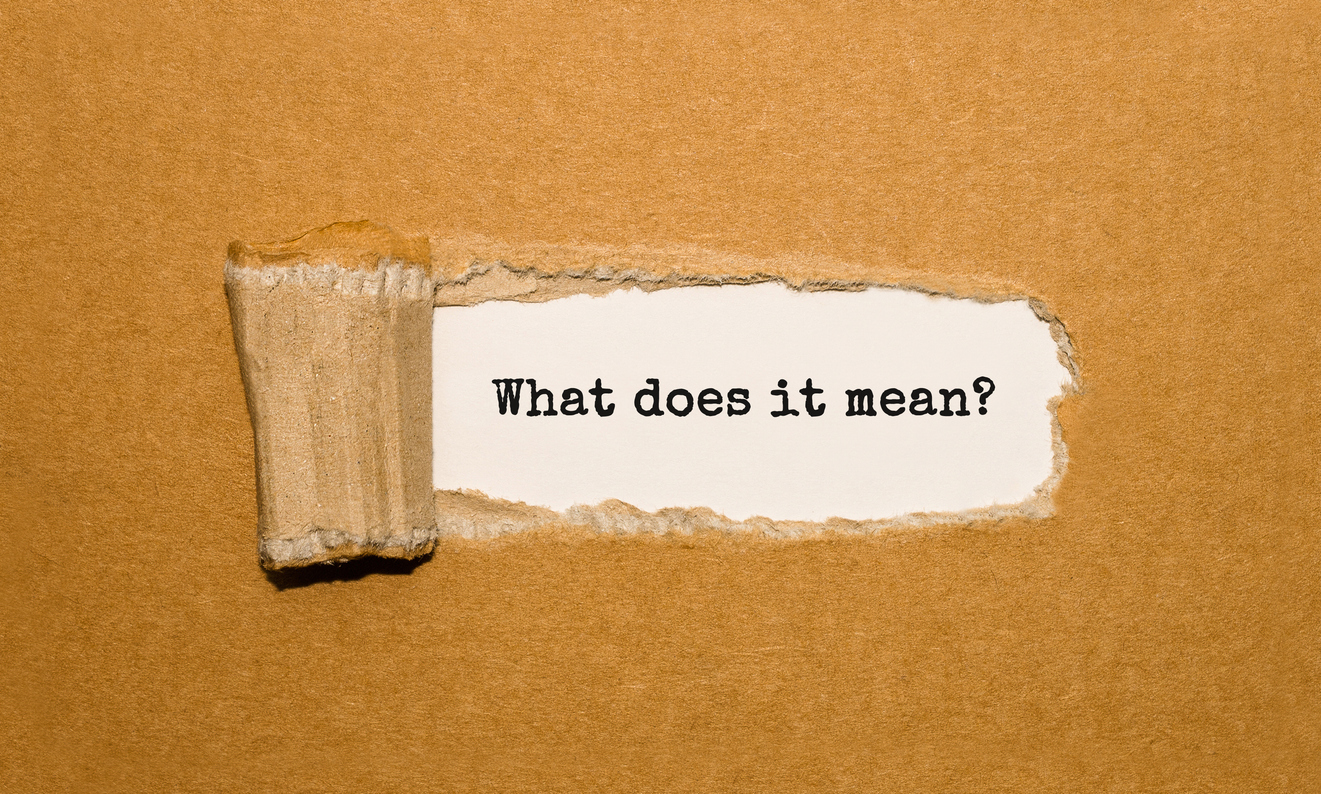With frigid temperatures setting in here in the Northeast and other parts of the country, it is an ideal time for insureds to ensure they are compliant with the protective safeguards1 endorsement that may be attached to their commercial policies.
The protective safeguards endorsement2 expressly provides that “[a]s a condition of this insurance, you are required to” maintain the protective safeguards listed in the endorsement schedule in complete working order (and in the “on” position at all times for any automatic system.). The endorsement also requires that insureds notify their insurer if the insured knows of a suspension or impairment of any protective safeguard listed in the endorsement schedule. Should the insured fail to comply with any of the protective safeguards endorsement’s conditions prior to a fire, the insurer “will not pay for loss or damage caused by or resulting from [the] fire.”
Generally, courts have found that the terms of the protective safeguards endorsement are unambiguous and enforceable. Thus, the insureds’ failure to comply with the protective safeguards endorsement may constitute a valid ground for an insurer to deny coverage. In a recent case,3 a federal court in New Jersey rejected an insured’s argument that the insurer’s denial of coverage based upon the failure to comply with the protective safeguards endorsement should not be upheld as “unfair” because the lack of the non-functioning safeguard (i.e., operational circuit breakers) was allegedly not the cause of the fire which created the loss. The court also rejected the insured’s argument that because its owner did not read the insurance policy, it should not be bound by it. In doing so, the court bluntly stated, “[a]n insured cannot escape the clear terms of an insurance policy just because it has not read them.”
Commercial property insureds should ensure they are compliant with their protective safeguards endorsement prior to a fire, or risk really being burned after coverage is denied.
__________________________________
1 There are six protective safeguards: an automatic sprinkler system (P-1), an automatic fire alarm (P-2), a security service with a recording system or watch clock making hourly rounds covering the entire building when the premises are not in actual operation (P-3), a service contract with a privately owned fire department for fire protection service (P-4), an automatic commercial cooking exhaust and extinguishing system (P-5), or another protective system described in the endorsement schedule (P-9).
2 CP 04 11 09 17.
3 Vineland 820 N. Main Rd., LLC v. United States Liab. Ins. Co., No. 17-2986, 2018 WL 4693965 (D.N.J. Sept. 29, 2018).



